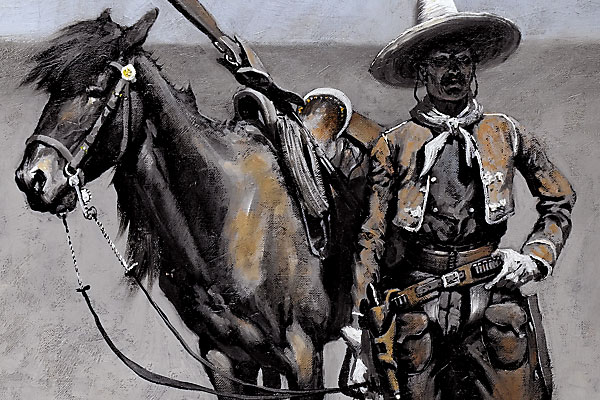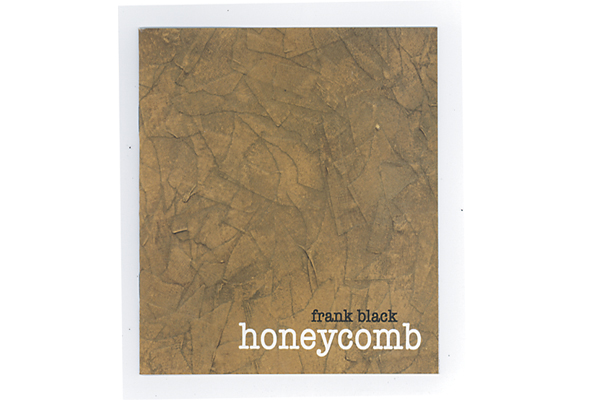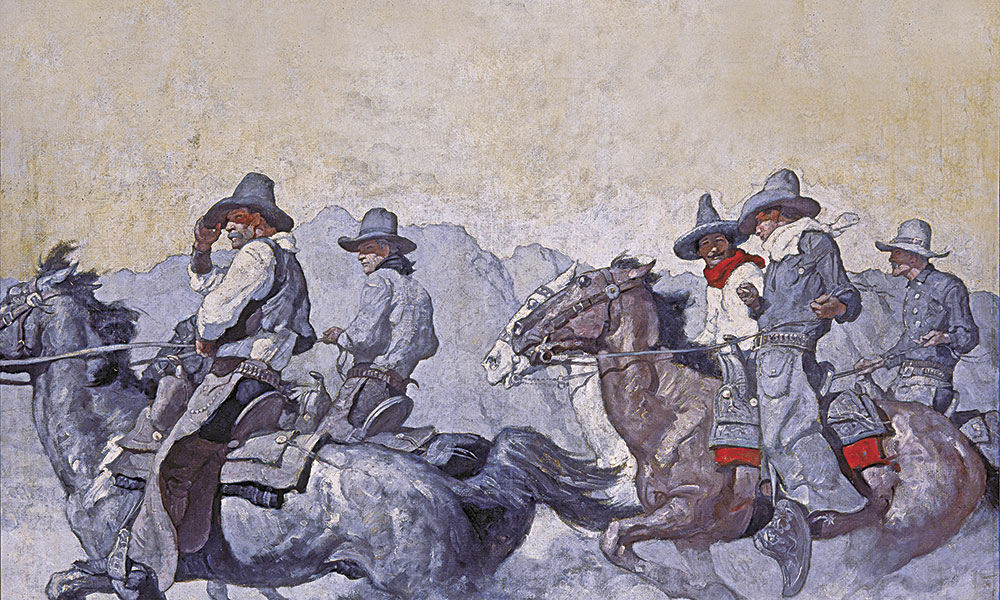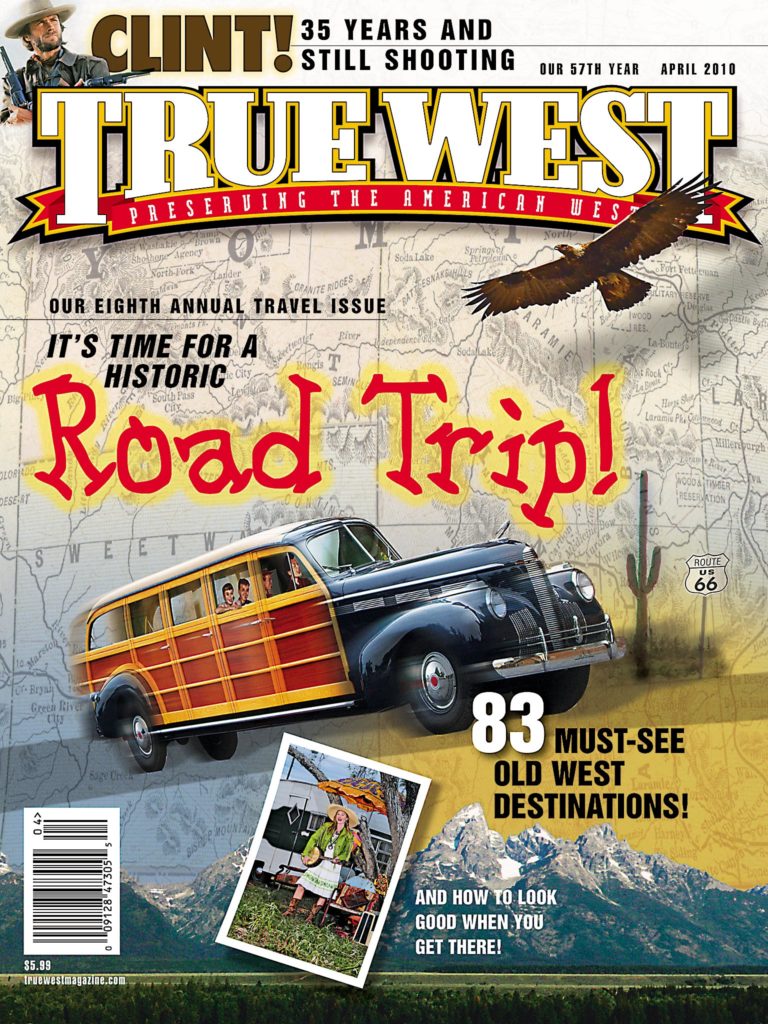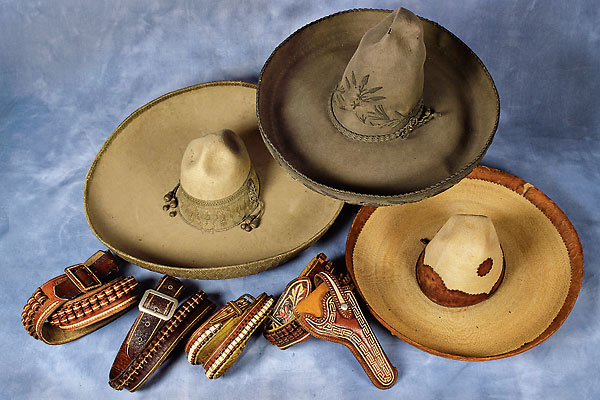
On June 19, 1867, the day after Joseph McCoy purchased 250 acres of land in what would become the cowtown of Abilene, Kansas, the last emperor of Mexico was executed by a firing squad.
Shortly after the execution of Maximilian I by the forces of Benito Juárez, the Julius Skilton family acquired the emperor’s Imperial saddle that he had rode on during 1864-67. The family consigned the saddle to High Noon in Mesa, Arizona, where it stole the show, hammering in as the top lot at $200,000.
Born an Austrian archduke, Ferdinand Maximilian had been sent to rule Mexico in 1864 by Napoleon III. The French emperor was the nephew of Napoleon I, who, 49 years earlier, on the same June 18th day McCoy made his start in Abilene, would be ruinously defeated in the Battle of Waterloo.
Although the U.S. disapproved of France enforcing its rule in Mexico, America was embroiled in its own Civil War. When that concluded in 1865, Gens. Ulysses S. Grant and Philip H. Sheridan began supporting Juárez’s forces along the Texas-Mexico border. As a result, Napoleon III started withdrawing his French troops in November 1866-67. Maximilian, however, quixotically refused to desert his people, and he was captured on May 15.
He was executed the same summer that the first cowboy drovers moved cattle up McCoy’s Chisholm Trail, which ran from San Antonio, Texas, to Abilene, Kansas.
One cowboy who would find himself among those legendary characters in 1875 was Charlie A. Siringo. But before he hit the Chisholm Trail, he got his start, also in that year of 1867, running cattle for $10 per month in Bay City, in Matagorda County, Texas. In his 1919 book, A Lone Star Cowboy, he wrote: When “…I was eleven years of age, in the spring of 1867, I became a full-fledged Cowboy, wearing broad sombrero, high-heeled boots, Mexican spurs, and the dignity of a full-grown man.”
Remember, John B. Stetson had only founded his hat company two years earlier. His famous “Boss of the Plains” hat was actually created as a joke hat, by modifying the Mexican sombrero he had seen the cowboys wearing out West.
Yet most Texas Rangers preferred to wear broad-brimmed sombreros, which is evident in 1860-80s photographs of them.
Even Wild Bill Hickok was seen wearing a sombrero in the Black Hills of South Dakota, during the summer of 1875. Mrs. Annie Tallent recalled seeing him “…sans everything that would betoken the real character of the man, save that he wore a broad-brimmed sombrero hat, and a profusion of light brown hair hanging down over his broad shoulders,” as told in Joseph G. Rosa’s They Called Him Wild Bill.
For collectors seeking out artifacts that cement the romance of the cowboy during the Chisholm Trail days and beyond, the Mexican vaquero lots were a welcome treat at High Noon. The auction total hammered in at about $1.6 million.


